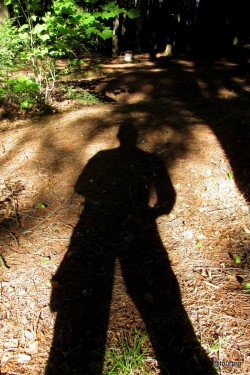 New York State Department of Environmental Conservation Forest Rangers respond to search and rescue incidents statewide. Working with other state agencies, local emergency response organizations and volunteer search and rescue groups, Forest Rangers locate and extract lost, injured or distressed people from the backcountry.
New York State Department of Environmental Conservation Forest Rangers respond to search and rescue incidents statewide. Working with other state agencies, local emergency response organizations and volunteer search and rescue groups, Forest Rangers locate and extract lost, injured or distressed people from the backcountry.
“DEC Forest Rangers’ knowledge of first aid, land navigation and technical rescue techniques are often critical to the success of their missions,” said DEC Commissioner Joe Martens. “Search and rescue missions often require Rangers to function in remote wilderness areas from rugged mountainous peaks to white-water rivers, and through vast forest areas from spruce-fir thicket to open hardwoods.”
Recent missions carried out by DEC Forest Rangers in the Adirondacks include:
St. Lawrence County
Boreal Wild Forest, Town of Colton
Lost Hiker: On November 19, 2014 at 7:37 p.m., DEC Central Dispatch received a call from St. Lawrence County 911 requesting assistance from DEC Forest Rangers in locating a lost hunter. A 21-year-old male from Potsdam, NY had entered the woods near the old Backwoods Inn on Route 56 in Colton and was last seen at 1:30 p.m. He did not show up at the designated time to meet his party. Two Forest Rangers responded to the location on Route 56, and quickly located the hunter by voice contact. The Forest Rangers escorted him back to where he entered the woods. He was evaluated by Colton Emergency Medical Services, and released to his party at 8:30 p.m. New York State Police and DEC Environmental Conservation Officers provided additional assistance.
Essex County
High Peaks Wilderness, Town of North Elba
Distressed Hiker: On November 21, 2014 at 4:20 p.m., DEC Central Dispatch received a call from a hiker advising that his companion, a 26-year-old female from Jericho, Vermont needed assistance on Algonquin Mountain. She had fallen into a river, was wet and it was turning colder. Two Forest Rangers on snowmobiles proceeded up the old Algonquin Trail while a third Forest Ranger set out on foot from the ADK Loj to Algonquin Junction. The woman was located half-way up the Algonquin Trail at 6:30 p.m. Rangers provided her with water and dry gloves and transported her back to ADK Loj by snowmobile, arriving at the Loj at 7:30 p.m. Her hiking companions met her with dry clothes. She declined medical attention on-site but was encouraged to seek a medical evaluation on her own. Her hiking party advised they would bring her to Adirondack Medical Center for treatment.
Be sure to properly prepare and plan before entering the backcountry. Visit DEC’s Hiking Safety and Adirondack Trail Information web for more information.





